There are more than 60 species of eagles in the world. Only two are found in North America, and one of those is the Bald Eagle. A year-round Big Bear Lake resident, the Bald Eagle has long been an emblem of national fortitude and freedom. But when it comes to this majestic bird of prey, there is more than meets the eye. Here are ten facts you may be surprised to learn about Bald Eagles:
#1: They’re One of the World’s Largest Raptors

Bald Eagles can weigh up to 15lb., and are between 28-38 inches in size. Their wingspan can reach up to 7.5 feet. (For comparison: an osprey’s wingspan reaches up to 6 feet, and a red-tailed hawk’s up to 4.8 feet). This expansive wingspan is ideal for soaring, keeping Bald Eagles aloft for longer periods without flapping their wings.
#2: They Can Reach Altitudes Over 10,000 Feet
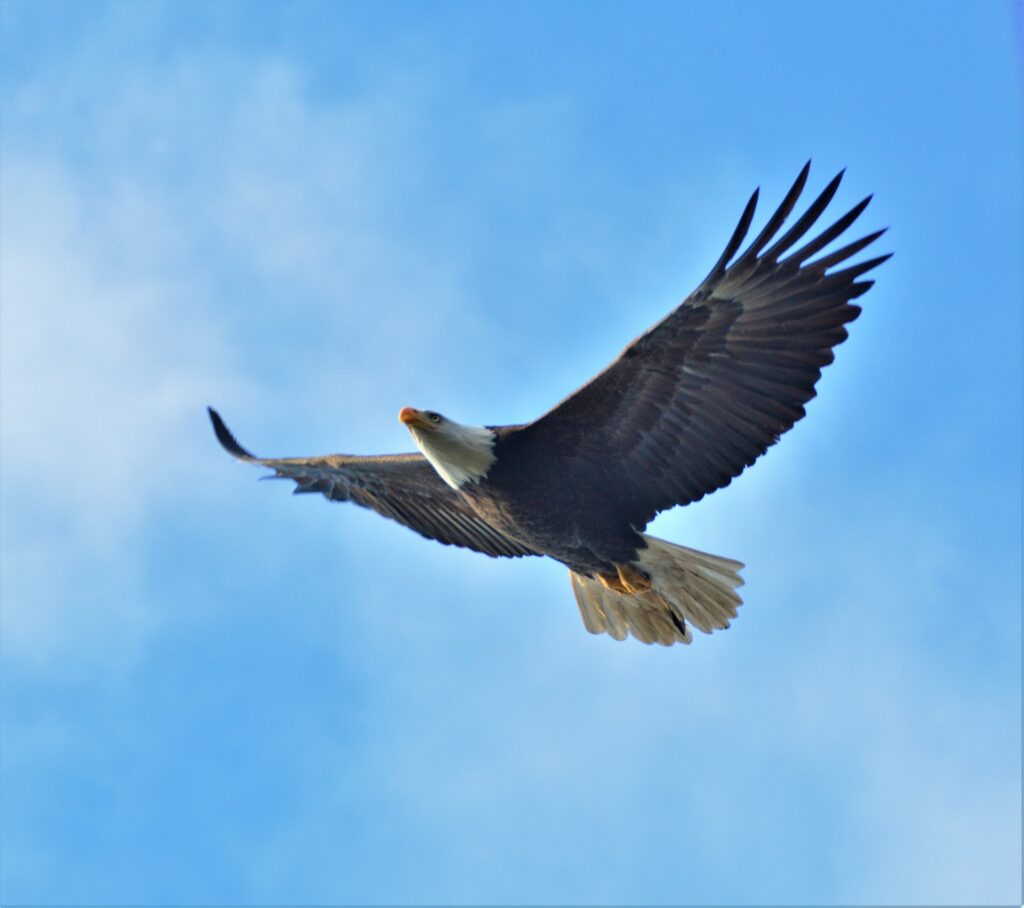
Their impressive wingspan is more than decorative: it allows them to fly at dizzying heights! Bald eagles soar 10,000 feet or more into the air, using thermal air currents to support their glide. This allows them to conserve energy for more important activities, like looking for prey and migrating long distances.
#3: Their Eyesight is 8x Stronger Than Ours

We call a person an “eagle eye” if they have 20/20 vision, but Bald Eagles have much sharper eyesight than that! In fact, they typically have 20/40 or 20/50 vision, making them expert hunters. Not only can they spot a small animal two miles away with amazing clarity, but they have a 340-degree field of view—with even better peripheral vision than owls!
#4: They Aren’t Actually Bald
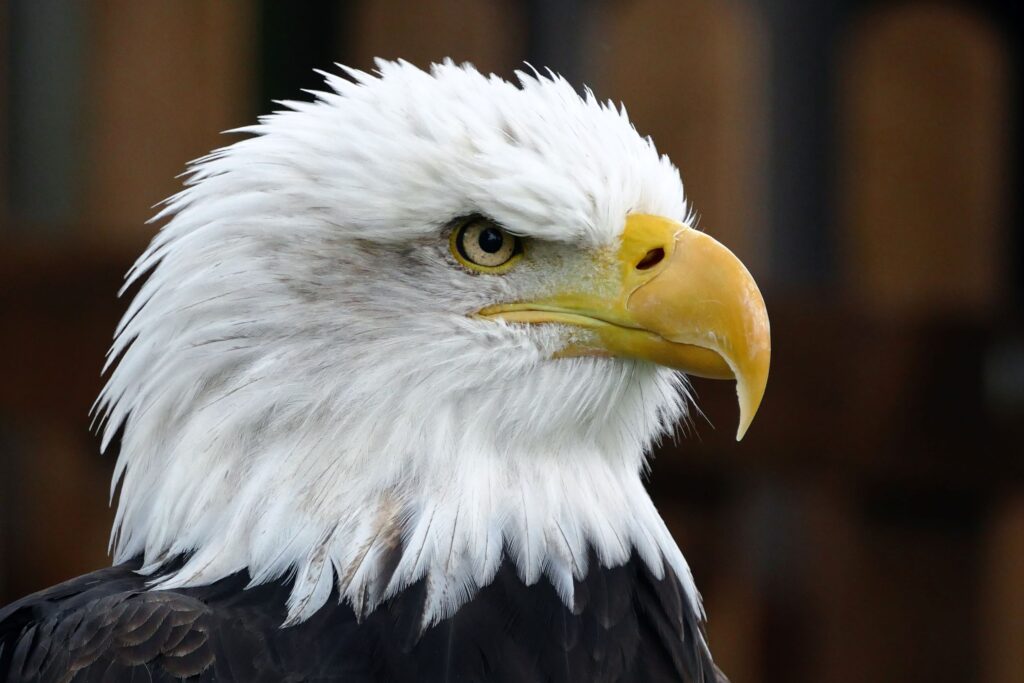
Since Bald Eagles sport a white head of feathers, so where did the “bald” moniker come from? It turns out that it was a translation of the old English word “piebald,” meaning “white” or “white-headed.” And the Bald Eagle doesn’t acquire this crowning glory until they are 4 or 5 years old—with about four stages of feather shedding before that.
#5: Their Grip Strength is a Crushing 400 psi
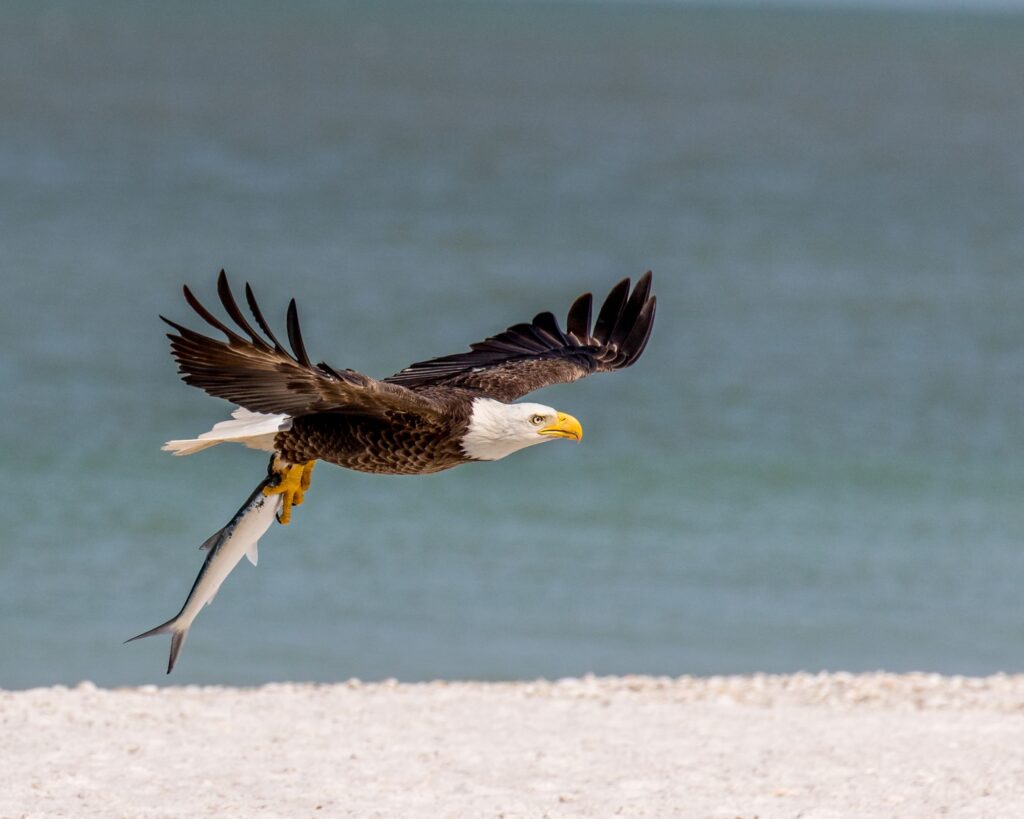
Bald Eagles are said to have a grip 10 times stronger than a human’s. This comes in handy when they use their talons to pick up fish (their favorite meal) from a lake and keep hold of it while gliding through the air. It also allows them to snatch another bird’s prey from them midair (after hassling the bird to drop its meal—talk about cunning!).
#6: Their Courtship Acrobatics Rival Cirque du Soleil
Known for their dramatic “sky dances,” Bald Eagle males will court females with a series of impressive feats. From high-speed chases to tumbling together, talons locked, from great heights towards the ground, it’s quite a sight. Less active courtship behaviors include sitting shoulder to shoulder, preening, and even nest building. And not only new couples engage in these activities—some mated couples perform these rituals to strengthen their bond.
Get a rare glimpse of this acrobatic courtship dance:
#7: They Mate for Life
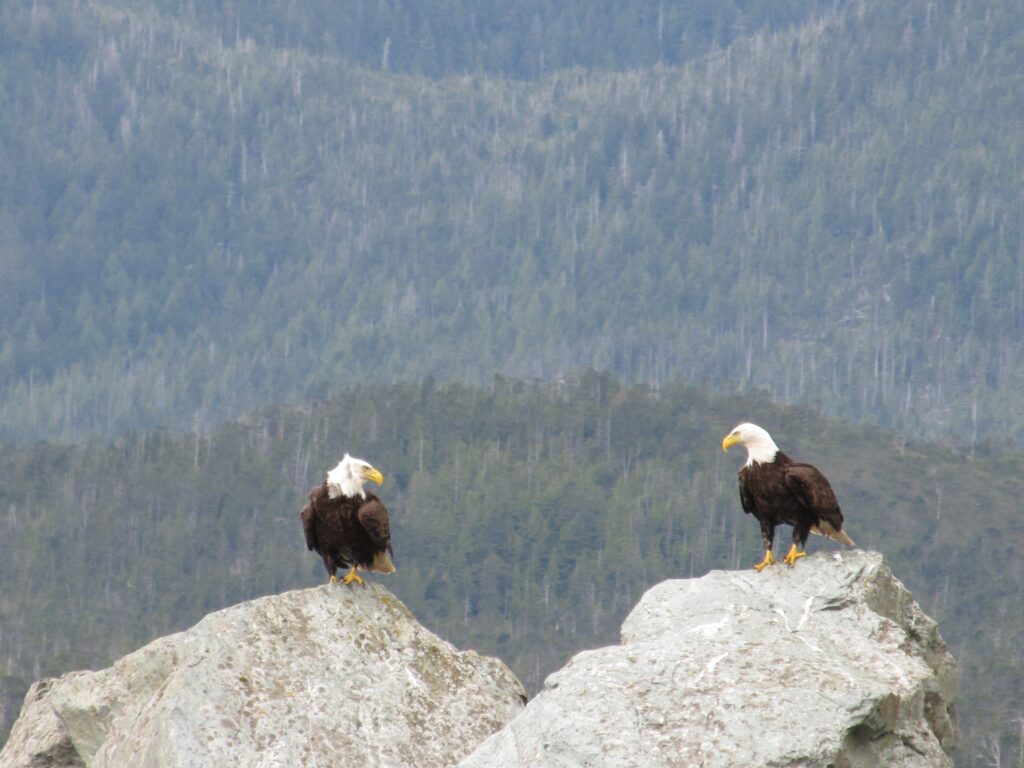
When it comes to commitment, Bald Eagle couples are in it for the long haul. They typically mate for life—meaning they can be coupled monogamously for 30 years. The mated pair breeds year after year, producing around 1-3 eggs each time. These eggs are incubated for about 35 days, during which time both the male and female of the couple will share the duty of keeping the eggs warm.
#8: They Make the Biggest Bird Nests

Bald Eagle nests, called aeries, are the largest recorded bird nests. Typically found at the top of tall trees, at a height anywhere from 60 to 200 feet, they can reach a size of 4-6 feet. Made from twigs, sticks, grass, and other natural debris, a Bald Eagle’s nest is around 2-4 feet in depth, making a cozy home for the eagles and their offspring. And no wonder they invest in their nest: Bald Eagles typically use the same nest year after year for decades!
#9: Eaglets Fledge from the Nest…But Not Far
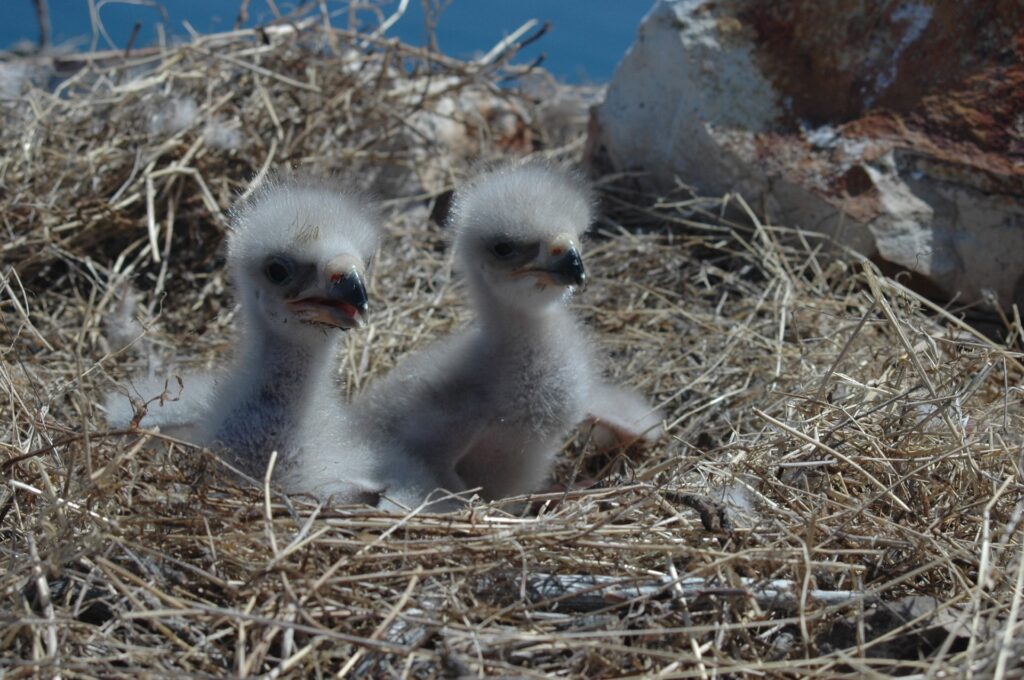
A baby Bald Eagle—or eaglet—typically fledges from the next when they are 10-14 weeks old. But, since they are still dependent on their parents for food, they don’t go far. Fledged eaglets will usually stick around the nest for a month or so afterwards, taking short flights that keep them close to home. During this time, they must learn to hunt for themselves.
#10: Their Biggest Threat? Us.
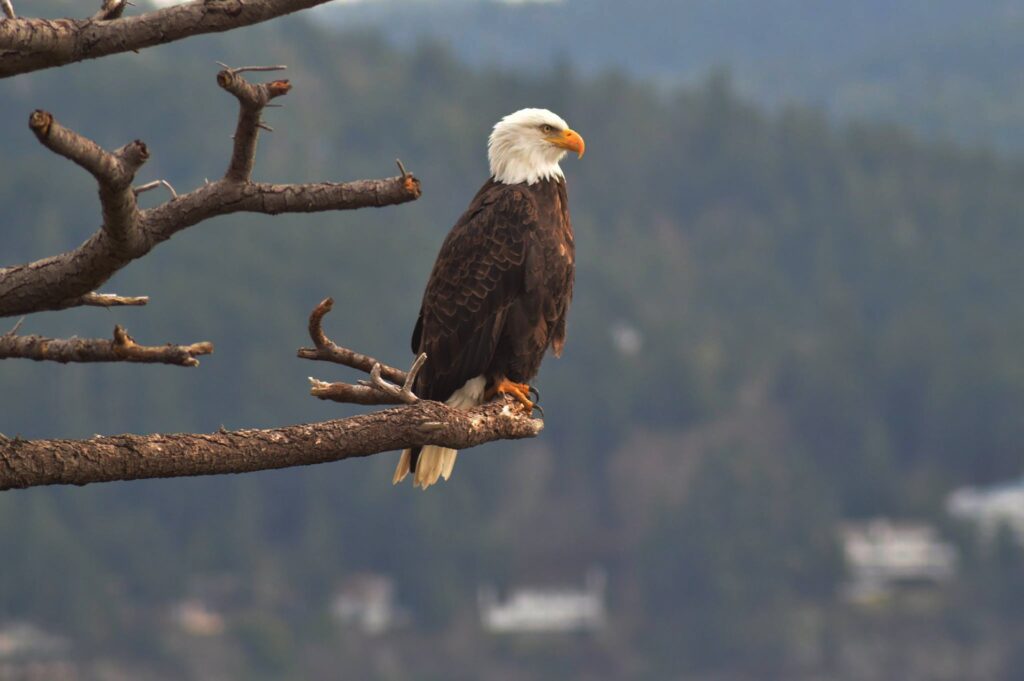
As apex predators, Bald Eagles aren’t in danger of much. Yes, they are prey for larger animals like bears and wolves, but their biggest threat comes from us humans. Pesticide-laden crops have adversely affected the eagle population in many ways. From the days of DDT-dusted crops in the 1940s through the early 1970s, Bald Eagles were disappearing completely from some states. Thankfully, with the use of DDT banned in the Endangered Species Act of 1973, the Bald Eagle population recovered so that they are no longer classified as “endangered.”
To learn how pesticides and chemicals affect our local wildlife, and to find chemical-free options, read the article “Poison-Free Pest Control.”
See the Bald Eagles of Big Bear Lake!
Though the Bald Eagle nesting area in Big Bear Valley is closed during nesting season to protect the eagles and their young, you can catch a bird’s eye view of them on live nest cam offered by Friends of Big Bear Valley.
And keep an eye out for Chirp’s new eagle-inspired merch—coming soon!
Want More Amazing Bird Facts?
Check out these informational articles on the Chirp blog:


